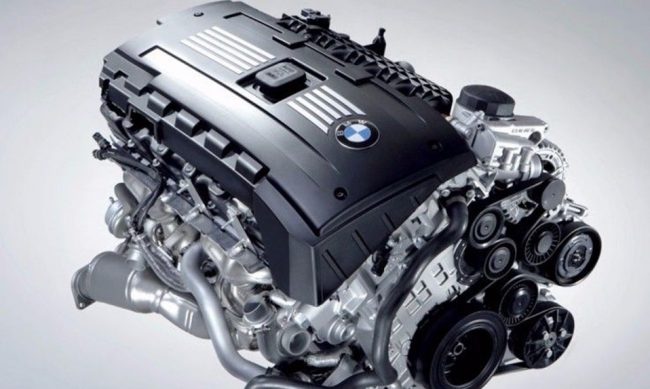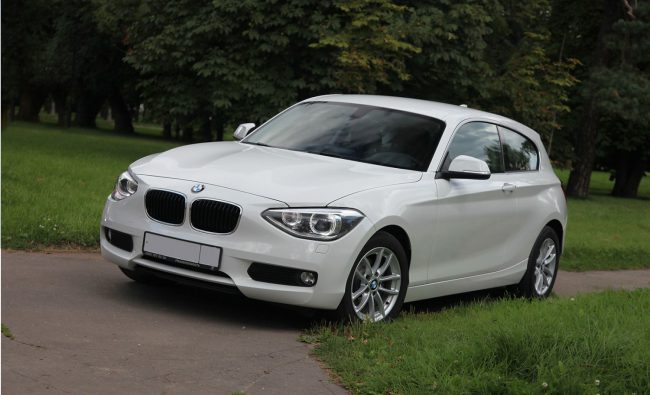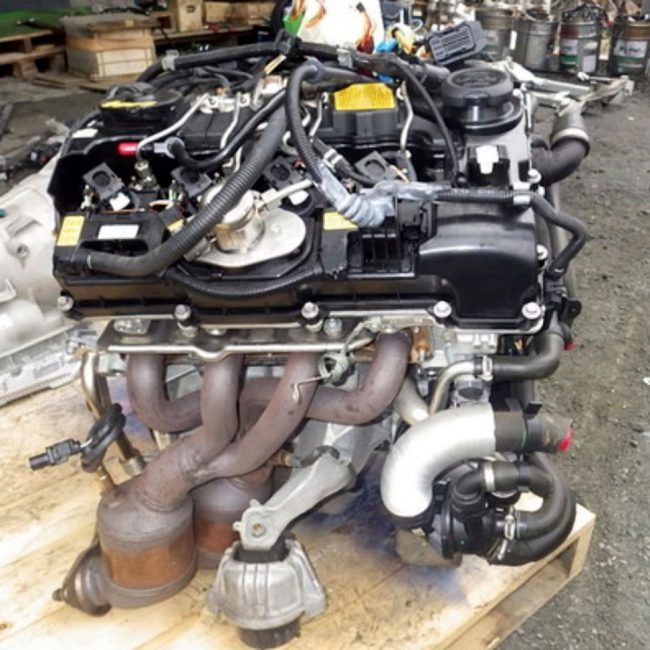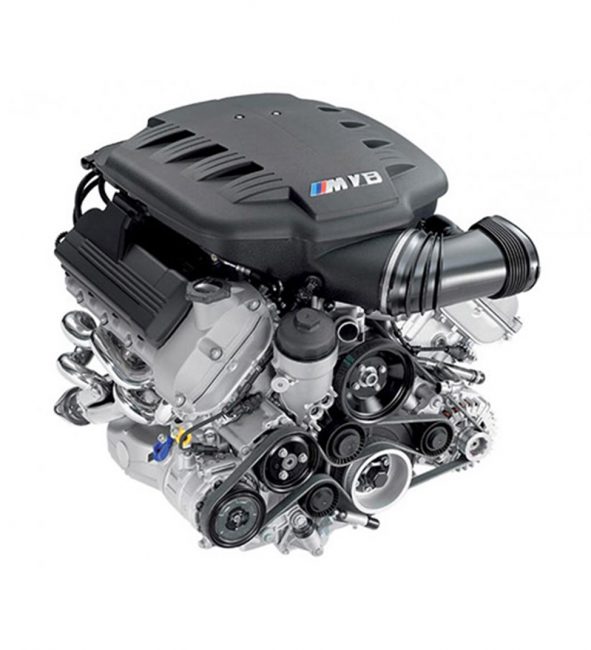
BMW N43B16, N43B20, N43B20OL engines
Motors of the N43 family came to replace the N42 series. They are 4-cylinder internal combustion engines with two camshafts (DOHC) and 16 valves (4 on each cylinder). They also received the HPI direct fuel injection system, which improves the efficiency of fuel combustion in the chambers. Engines were produced from 2007 to 2011. In total, the family included 2 power units - N413B16 with a cylinder capacity of 1.6 liters. and N43B20 with a volume of 2 liters. The latter received several modifications, differing in power and torque.
Parameters
Engine characteristics are shown in the table:
| Model | N43B16 | N43B20 |
|---|---|---|
| Cylinder block material | Aluminum | Aluminum |
| Supply system | Injector | Injector |
| Number of cylinders | 4 | 4 |
| Number of valves | 4 - per cylinder, total 16 | 4 - per cylinder, total 16 |
| Piston stroke | 75.7 mm | 90 mm |
| Bore | 82 mm | 84 mm |
| Compression ratio | 12 | 12 |
| Power | 122 h.p. at 6000 rpm | Maximum - 170 hp at 6700 rpm (depending on version) |
| Torque | 160 Nm at 4250 rpm | Max. – 210 Nm at 4250 rpm (depending on modification) |
| Required fuel | Gasoline AI-95 | Gasoline AI-95 |
| Environmental Compliance | Euro 4-5 | Euro 4-5 |
| Gasoline consumption | Highway - up to 6 l / 100 km. | Highway - up to 6 l / 100 km. |
| City - up to 7.5 l/100 km. | City - up to 8.2 l/100 km. | |
| Engine oil volume | 4.25 l | 4.25 l |
| Required viscosity | 5W-30, 5W-40 | 5W-30, 5W-40 |
| Possible oil consumption | Up to 700 g/1000 km. | Up to 700 g/1000 km. |
| Oil change via | 10000 km, better - after 7000 km | 10000 km, better - after 7000 km |
| Engine resource | 250+ thousand km. | 250+ thousand km. |
| tuning potential | Up to 130 hp | Up to 180 hp |
Cars on which engine data was installed:
BMW N43B16:
- 116
- 316
BMW N43B20
- 116
- 118
- 120
- 318
- 320
- 520

Obviously, the 2-liter internal combustion engine has gained great popularity in the automotive market.
Description of motors N43B16, N43B20
The N43B16 engine is a small power unit that was created on the basis of the "big brother" N43B20 and became an excellent replacement for the slightly outdated N42B18 unit. It is very similar to the N43B20 engine, the differences are a reduced cylinder diameter (up to 82 mm), a short-stroke crankshaft with a piston stroke of 75.7 mm. These 2 manipulations made it possible to create a 2-liter engine from a 1.6-liter engine.
The N43B16 received pistons for compression 12, a gasoline direct injection system, however, compared to its predecessor N42B18, the Valvetronic valve height control system is not implemented here. On the one hand, this is bad, since gasoline consumption is growing, and on the other hand, the engine does not have an additional complex system that, in theory, can break. This improves reliability.
The N43B16 engine is used on machines with the 16i index. ICE was produced from 2007 to 2011, then it was replaced by a turbocharged N13B16 engine.
The N43B20 replaced the obsolete N2007B42 in 20. Interestingly, the N42B20 was discontinued in 2004, but only in 2007 the Germans were able to create a worthy replacement for it in the form of the N43B20. This is a 2-liter internal combustion engine with direct injection and Valvetronic valve lift control, which the N43B16 lacks.
There are different modifications of this motor:
- N43B20K0 - "strangled" engine with a power of 122 hp. and a torque of 185 Nm. You will find it on BMW with the index 16i.
- N43B20U0 - a stronger 143 hp internal combustion engine. and a moment of 190 Nm.
- N43B20O0 is the most powerful unit (170 hp) with a torque of 210 Nm.
In parallel with the N43B20, other motors were also produced - N45B20 and N46B20 with similar technical indicators. In 2011, the engine was discontinued and replaced by the turbocharged N13B16.
Problems
The entire N43 line has some drawbacks:
- Vibrations associated with clogged or worn injectors that will need to be replaced.
- Swimming revolutions, tripling. First of all, you need to suspect the ignition coils.
- The vacuum pump flows through 50-80 thousand km. There is nothing you can do about it - you need to change it.
Also, masters and owners recommend monitoring the temperature of the engine and preventing overheating, using oil and gasoline recommended by BMW. Subject to maintenance recommendations and timely replacement of "consumables", the N43B20 and B43B16 engines live long enough.
Tuning
Motors of the N43B16 series are for urban moderate driving, so they do not have much potential for tuning. The only thing is that you can flash the “brains”, put a sports exhaust and intake, which will add 10-15 hp. In fact, this increase will be barely noticeable, so it's best to leave the engine alone.
The N43B20 is not much different from the N43B16, so tuning is difficult. The 2-liter version is also flashed, a sports exhaust is placed on it, which gives an increase of 10-15 hp. It makes no sense to move on, it is better to take more powerful engines for swap, for example, N54 or N55.
Is it worth buying?
It should be borne in mind that the N43 engines were produced from 2007 to 2011, so the “youngest” of them in mid-2018 are already about 7 years old. During this time, the motor resource can be rolled out, although this is difficult. Motors produced in 2010-2011 are recommended for purchase - mostly fresh engines that can still drive 100-150 thousand km, but this is a subjective opinion.

